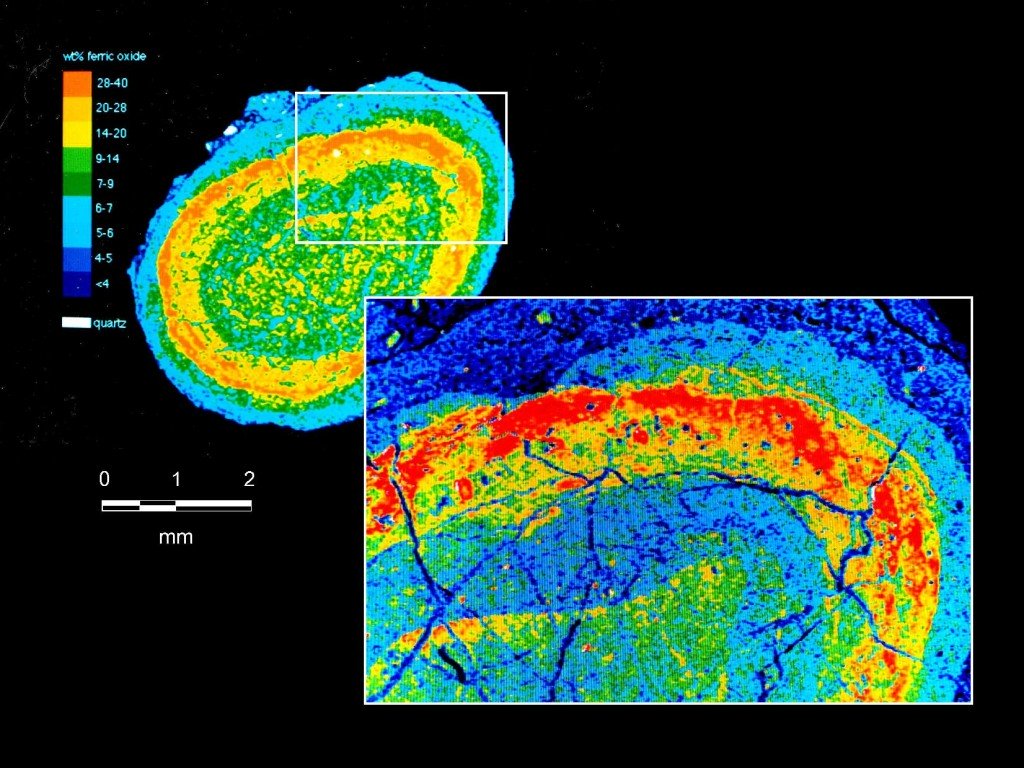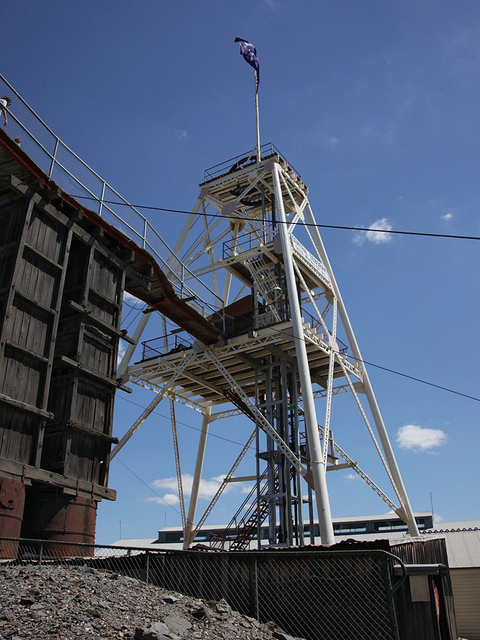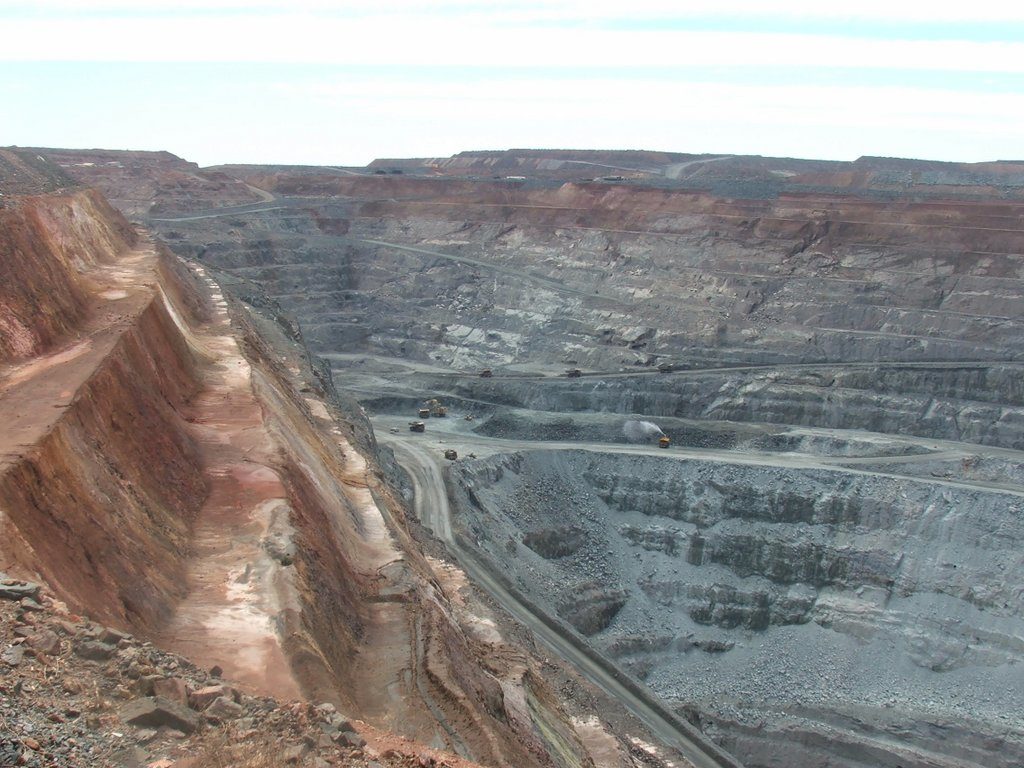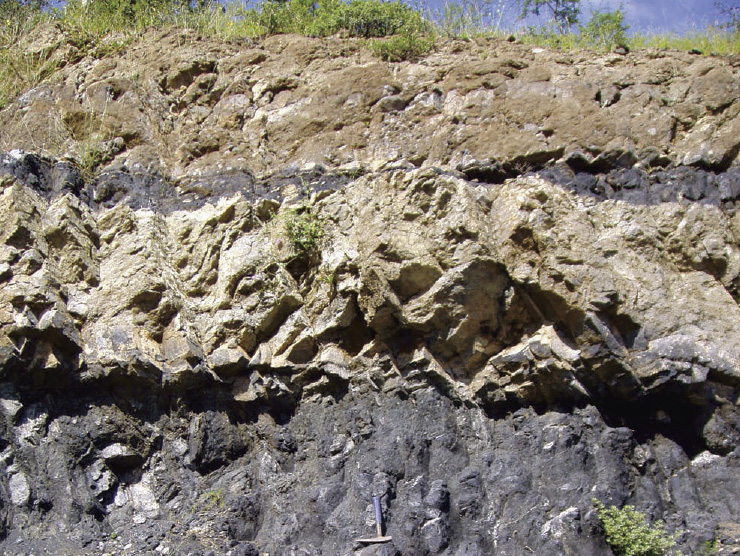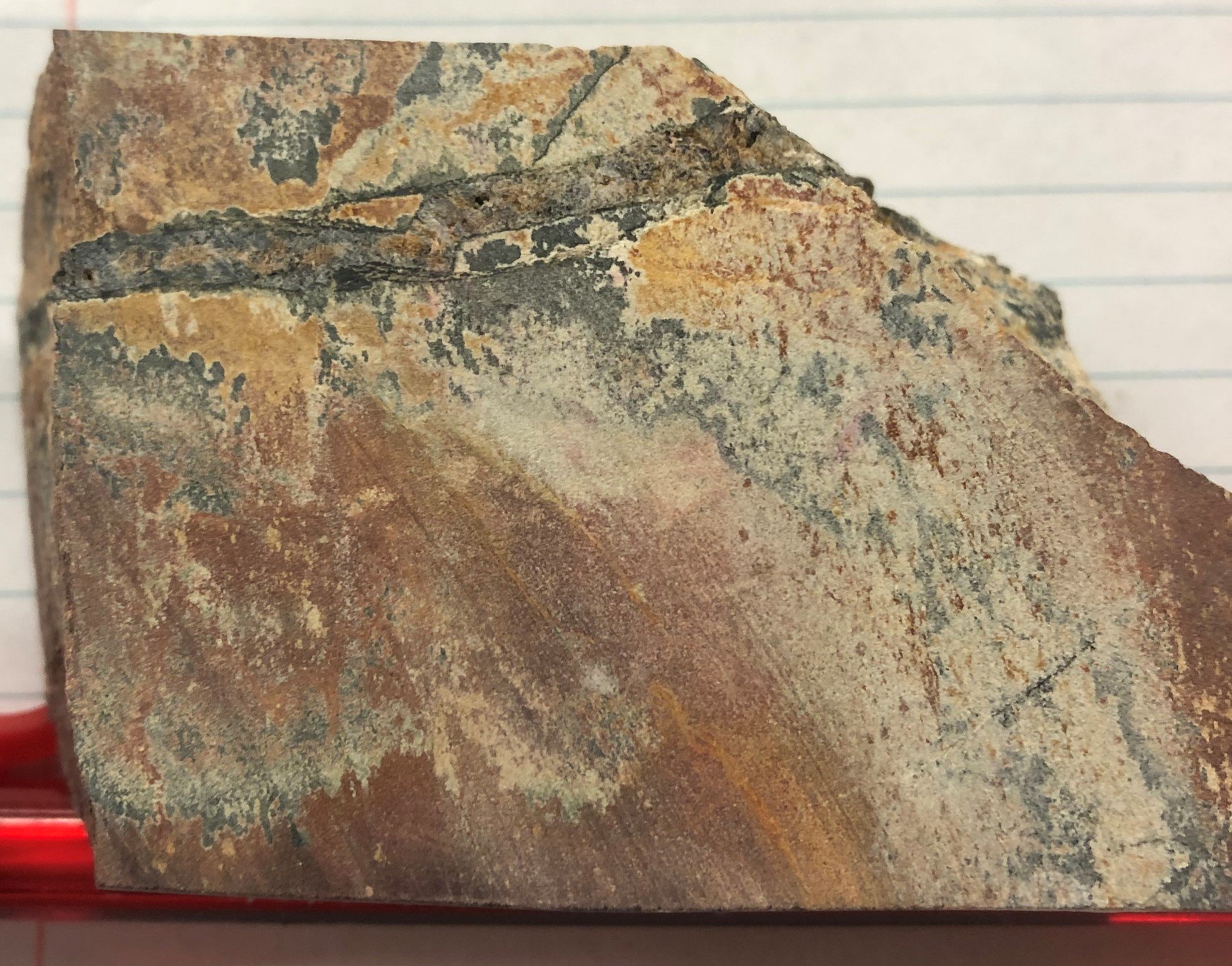Occasionally deposits are so big and so important we can apply the term – game changer. The Ivanhoe Mines (TSX:IVN), Platreef Platinum-Palldium-Rhodium– Gold (3PE+Au)* deposit is one such deposit. What makes it special is not the size of the deposit, which is a very impressive 630 million tonnes and covers an area equivalent to lower Manhattan, but its geometry. To understand why, we have to backtrack a little bit and look at the history, and nature of platinum mining.
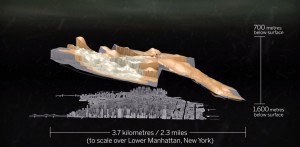
In South Africa (where 88% of the world’s platinum reserves are located) the primary source is a massive igneous intrusion known as the Bushveld Complex. This intrusion cooled very slowly (over 3-5 million years) so that all the different metals and minerals had time to rise or fall depending on their weight and for them to group together in distinct bands. Some of these bands are extremely rich in platinum, along with copper, nickel, gold and other platinum group elements (PGE’s), but generally they are very thin being 0.5 to 1.5 metres thick. To avoid dilution by the surrounding unmineralized rock, these thin layers are mined by hand and require vast workforces. The holy grail, and the exploration target for many years, has been to find one of these of these bands to be of a thickness that can be mined quickly and efficiently by modern mechanized mining methods. In Platreef (“Flatreef”) this has now been found. The deposit has an average thickness of 24 metres, which is 12 times that of the traditional thickness and needless to say 24 metres is well within the range for modern mining techniques.
Location and Geology
The project is located in northern South Africa, west of the city of Polokwane on the northern limb of the Bushveld Complex. This igneous intrusion has long been famed as the dominant world source for PGE and chrome mineralization since exploitation began in the 1920’s. The intrusion itself is massive irregularly shaped body, 350 by 230 kilometres across and over 2 billion years old. It has been weathered down to a concentric pattern of hills of more resistant rocks with a large flat area in the middle covered by younger rocks. These hills define what are called the “lobes” and “limbs” of the intrusion. There is an eastern and western lobe, and the northern limb. Despite it’s great age the intrusion is relatively undeformed except for minor faulting.
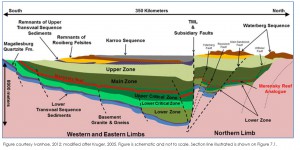
The intrusion itself is classed by mineralogy and layering into various zones, for instance the zone where the mineralization occurs is known as the “critical zone” . The stratigraphic thickness of the igneous rocks is over 8000 metres from top to bottom, with the lighter rocks being at the top and the heavier ones at the bottom. From surface the PGE rich layers dip steeply inwards towards the base of the intrusion. The classic or “Merensky” style is one of these PGE rich layers which tends to be very thin and dips steeply towards the centre of the intrusion. The Bushveld is a classic example of an-orogenic magmatism (or magmatism not related to mountain building). It formed when there was a rift between two continental blocks, much as the great rift is doing to modern Africa today.
In the Northern Limb, where the Platreef project is located mineralization is less layer bound is described as a
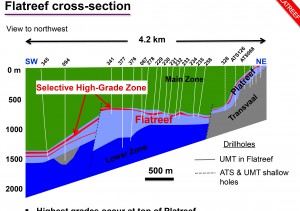
“contact” type where it is located at the boundary between the intrusion and the wallrock. At surface the PGE rich layer is steeply dipping and fairly thin. The mineralization crosses a fault and then it dramatically thickens and is essentially flat before it crosses a second fault and starts dipping again. It is this flat part that so unusual and gives the deposit it’s significance, it’s large and it’s high grade and it’s still shallow enough (700 m below surface) to be easy to access and mine at large scale.
Discovery and Development
Despite being the tenure being acquired in 1998 the large thick part of the Platreef deposit not was found until 2010 as it is 700 metres underground and is essentially a blind deposit. At surface there is a much thinner zone mineralized zone which dips steeply into the ground, which provided the initial target for development. The property is currently owned 66% by Ivanhoe mines, 26% by a South African Entity know as a BEE or Black Empowerment Entity, and 8% by a consortium of Japanese companies. A vast amount of drilling, over 700 kilometres (700,000 metres) in 1050 drillholes, has now been completed.
The current resources for the deposit are indicated 214 million tonnes grading 4.1 g/t platinum, palladium, gold and rhodium (3PE+Au)*, 0.34% nickel and 0.17% copper at a 2.0 g/t 3PE+Au cut-off grade; containing an estimated 28.5 million ounces of platinum, palladium, gold and rhodium, 1.61 billion pounds of nickel and 794 million pounds of copper, and an inferred resource of 415 million tonnes grading 3.5 g/t 3PE+Au*, 0.33% nickel and 0.16% copper, containing an estimated additional 47.2 million ounces of platinum, palladium, gold and rhodium, 3.0 billion pounds of nickel and 1.5 billion pounds of copper.
A formal mining right has been granted as of November 4th 2014 which allows the company to mine for 30 years. The 2015 prefeasibilty study envisions a mine producing 433 000 ounces of (3PE+Au)* plus 19 million pounds of nickel and 12 Million pounds of copper a year for a cash cost of $322 per ounce with a project IRR of 13%. A massive project by any stretch of the imagination, and one hailed a the future of the platinum industry.
*PE stands for Platinum Group Elements (PGE’s Platinum-Palldium-Gold) and is used as shorthand as they are found and processed together. Gold (Au) is found with PGE’s and sometimes included as 4E (4 Elements Platinum-Palladium-Rhodium + Gold)
Further Reading
http://www.ivanhoemines.com/s/platreef.asp
http://www.largeigneousprovinces.org/sites/default/files/BushveldLIP.pdf

